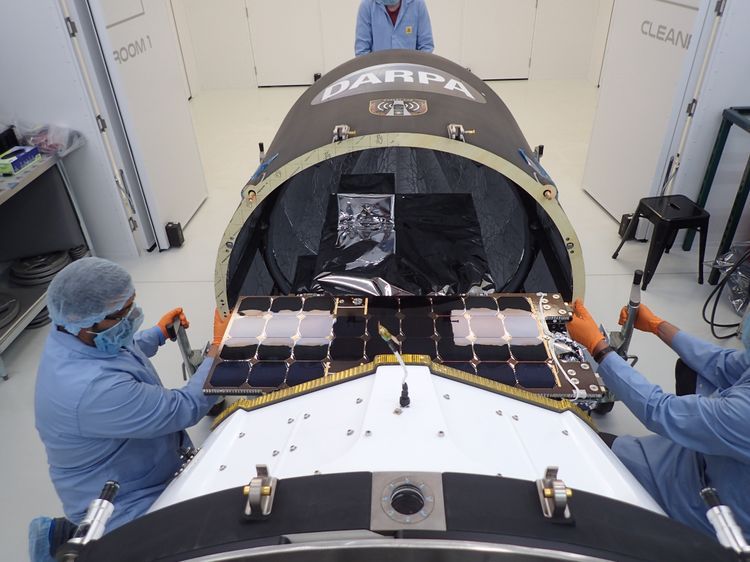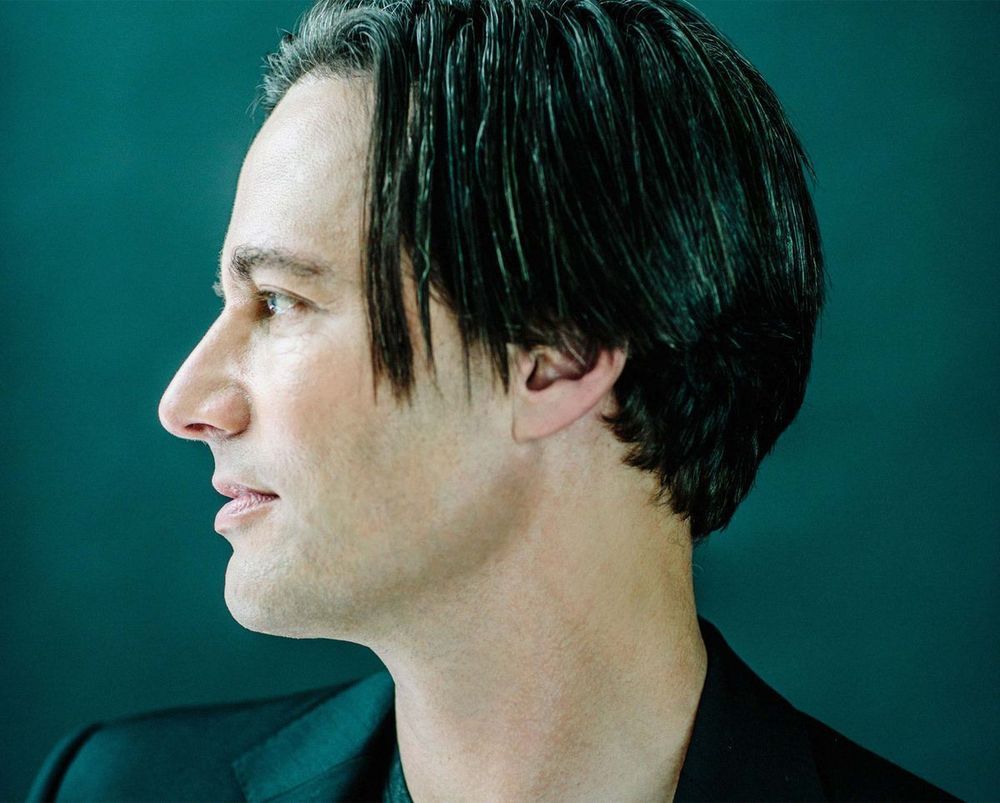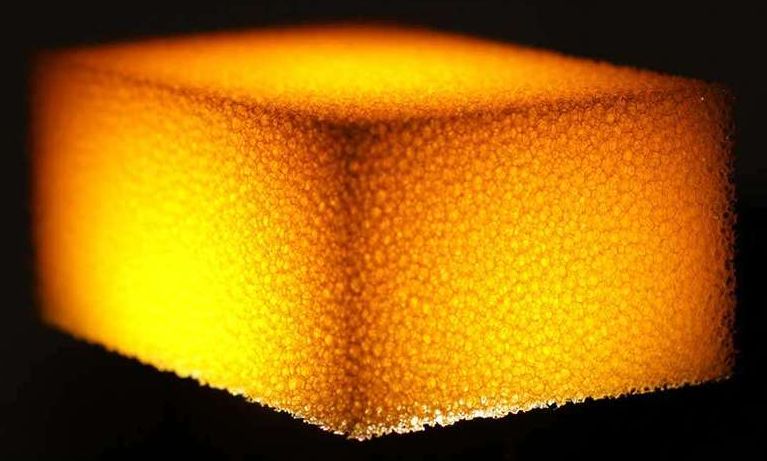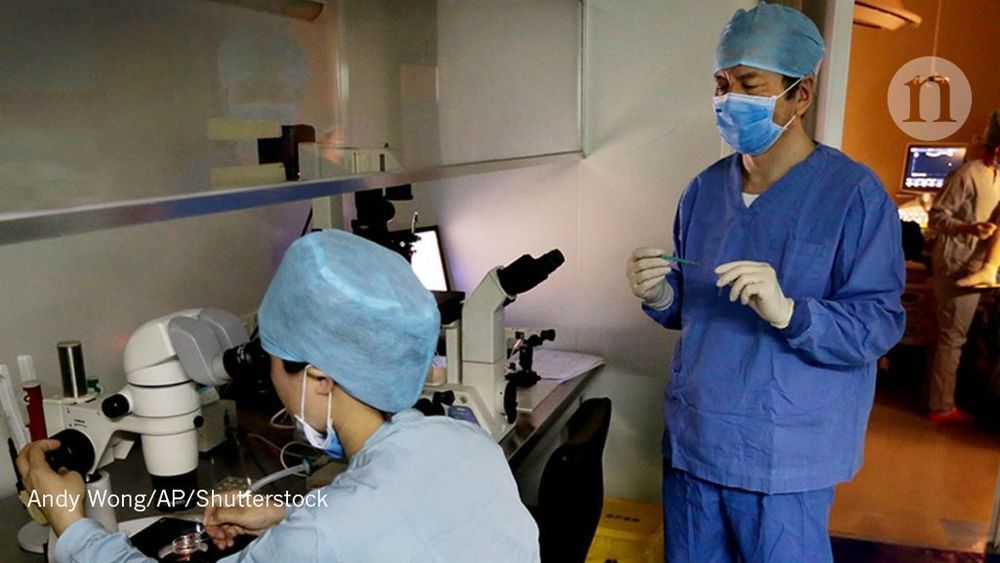This amazing microchip can heal any part of your body with a single touch.
Follow We Need This on Instagram: https://attn.link/2Mv2ClK
This amazing microchip can heal any part of your body with a single touch.
Follow We Need This on Instagram: https://attn.link/2Mv2ClK





Club for the Future is for you, the dreamers of tomorrow.
Club members’ ideas combined with a foundation of affordable, frequent, and reliable access to space, will help spark a future without limits. Dream. Experiment. Build. As we grow, look out for new activities, content, and opportunities to access space.



In the months since, China’s scientists and regulators have been going through a period of soul-searching. We, our colleagues and our government agencies, such as the Ministry of Science and Technology and the National Health Commission, have reflected on what the incident says about the culture and regulation of research in China. We’ve also thought about what long-term strategies need to be put in place to strengthen the nation’s governance of science and ethics.
The shocking announcement of genetically modified babies creates an opportunity to overhaul the nation’s science, argue Ruipeng Lei and colleagues.